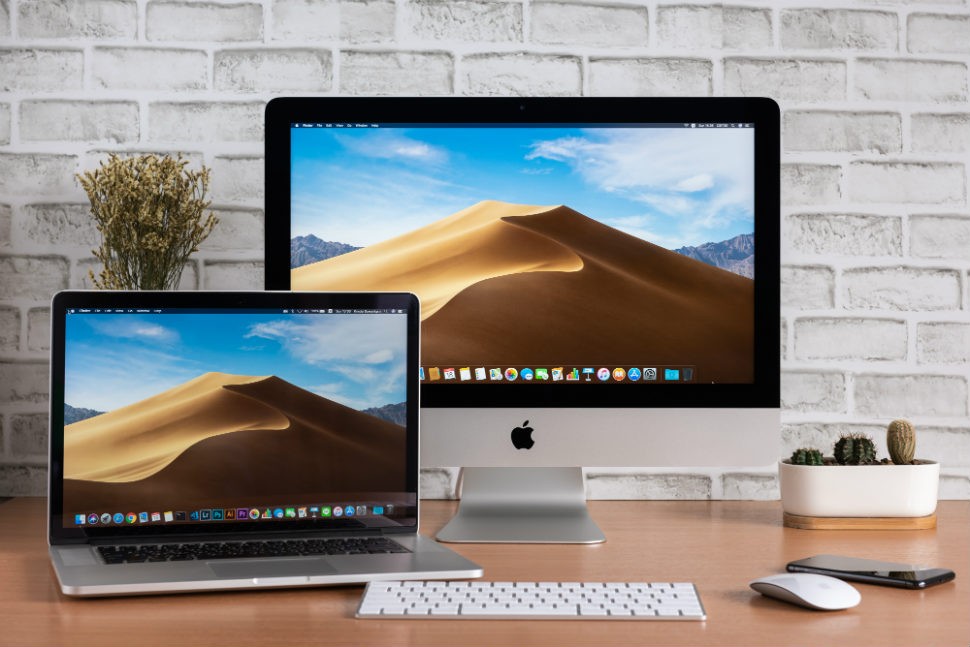

- #Codelite for mac mojave how to
- #Codelite for mac mojave install
- #Codelite for mac mojave upgrade
- #Codelite for mac mojave password
In addition, the drive acts as a means to fresh install the drive to boost the performance of your slow, virus-infected, or troubled Mac. The drive acts as an external recovery drive in case your Mac fails to boot. The blog highlighted the need for recovery drive, steps to create a bootable USB flash drive, and usage of the drive for installing the new macOS Mojave 10.14 in one or multiple computers.
#Codelite for mac mojave how to
Watch the activation video of Stellar Data Recovery Professional to know how to activate the software and use its complete functionality, including the complementary Drive Monitor, on your iMac or MacBook system. The free download version of the software is a good way to know the software’s interface, scan your drive, and preview the recoverable files. You must activate Stellar Data Recovery Professional on your Mac in order to save the recoverable files. Copy the files back to your Mac or an externally used Mac drive (reconnect the drive to the Mac once the restoration process is over). When the save process is complete, verify the recovered data from the backup storage drive. The software works flawlessly with the older & newer version of MacBook Pro, MacBook Air, iMac, iMac Pro, and Mac Mini etc. In such scenarios, you can rely on a data recovery software-such as the editor’s choice Stellar Data Recovery Professional for Mac-that can recover your lost data after macOS Mojave installation. There are chances that you did not take backup to an external backup drive, or in the rare case, the backup itself was lost, damaged, or unavailable. This is because, during macOS installation, the installer erases the startup partition completely or the entire storage drive, depending upon your choice during installation. If you do not have a backup, then you end up losing all your data stored in the Mac drive. Backup helps to restore all the data back to Mac’s internal storage drive, containing the new macOS.
#Codelite for mac mojave upgrade
While performing macOS upgrade or fresh installation, you must back up data to an external storage medium.

For T2 security chip supported by 2018 MacBook Pros and iMac Pros, you need to “allow booting from external media” from Startup Security Utility.Backup the entire drive before performing a clean install on your Mac machine.Note: Erase the flash drive to HFS+ (Mac OS Extended (Journaled)) but not APFS. The Terminal creates the installer drive on the opted USB flash drive.
#Codelite for mac mojave password



 0 kommentar(er)
0 kommentar(er)
